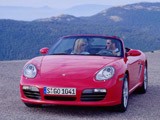2007 Boxster – Boxster S
2007 Porsche Boxster, Boxster S get more power
Beginning August 1st, the 2007 Porsche Boxster and Boxster S will be given more power and torque. The 2.7-liter Boxster engine now develops an additional 5 bhp, bringing the total to 245 bhp (180 kW). Torque has increased to 273 Nm, available from 4,600 rpm. Fuel consumption is now 9.3 liters per 100 kilometers, a reduction of 0.3 l/100 km. The Boxster accelerates to 100 km/h in 6.1 seconds and has a top speed of 258 km/h. With the optional six-speed gearbox, 260 km/h can be achieved. The Boxster S engine, which has been increased in size from 3.2 to 3.4 liters, develops 295 bhp (217 kW) at 6,250 rpm – 15 bhp more than its predecessor – and 340 Nm of torque. The Boxster S sprints from 0 to 100 km/h in just 5.4 seconds – a tenth of a second quicker than the previous model. This open sports car’s top speed has gone up by 4 km/h to 272 km/h. Its average fuel consumption is 10.6 liters per 100 kilometers.
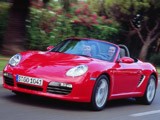 |
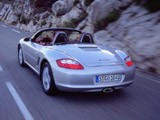 |
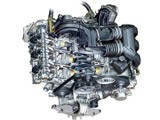 |
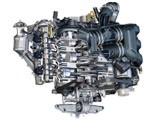 |
Both flat-six engines are now equipped with VarioCam Plus valve control, with variable valve timing (VarioCam) and changeover valve lift (Plus). Inlet camshaft timing is adjusted by a vane-type actuator with a range of 40 degrees. The valve lift changeover mechanism uses two-position bucket-type tappets on the inlet side, actuated by an electrohydraulic valve.
The bucket-type tappets consist of one tappet inside another; the two tappets can be locked together hydraulically by a pin. Thanks to this technical device, the Boxster and Boxster S engines have a characteristic that combines strong pulling power with high peak output at low fuel consumption.
The Boxster and Boxster S can be supplied with the revised Tiptronic S transmission, which has new hydraulics and electronics as well as variable shift programs. When combined with the Sport Chrono Package, the sporty characteristics of both these mid-engine roadsters can be experienced even more intensely: up- and downshifts are made only at engine speeds above 3000 rpm; downshifts for engine braking are subject to less delay and take place at higher engine speeds. In the manual-shift mode, up-shifts are not made automatically when the engine reaches its maximum rev limit.
On both Boxster models, access for servicing has been improved: the coolant and engine oil filler caps are now behind an easily accessible flap, so that better use can be made of the rear trunk. For the first time, the Boxster and Boxster S are available with the 19-inch turbo forged alloy two-tone wheels that were developed exclusively for the new 911 Turbo. For Boxster models they are offered as an option in sizes 8 J x 19 (front) and 9 ½ J x 19 (rear).
El nostre agraïment special a Marc Serrat (Enginyer en Cap) de  per la seva col-laboració en aquest projecte amb Porsche
per la seva col-laboració en aquest projecte amb Porsche
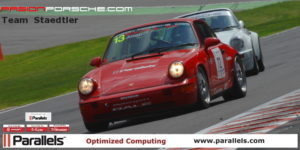
… for the exceptional work done on our cars
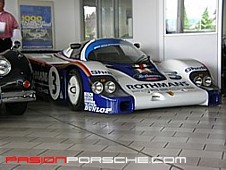 |
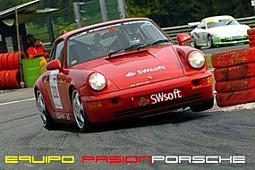 |
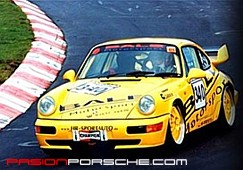 |
Thank you very much, Daniel and Jürgen to take care of ours Porsche….
… your friends Josep, Angels and Frank

